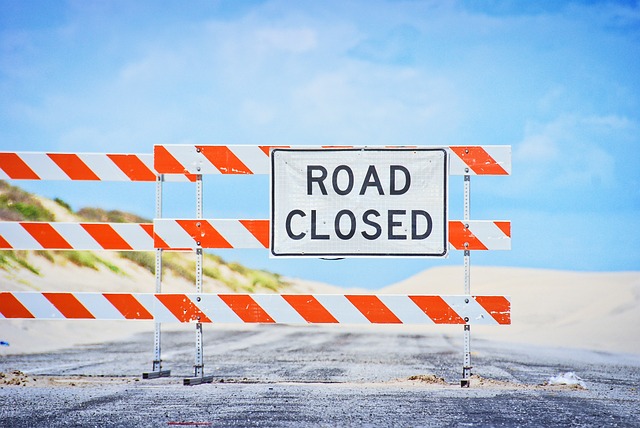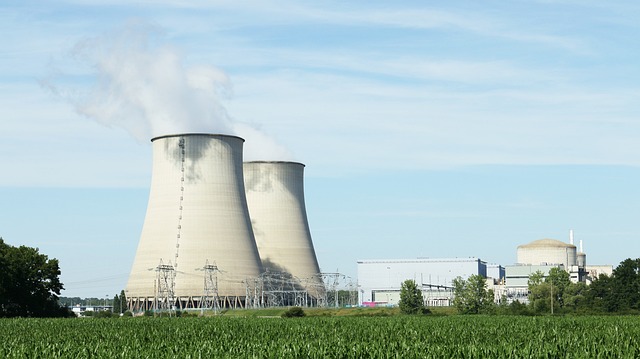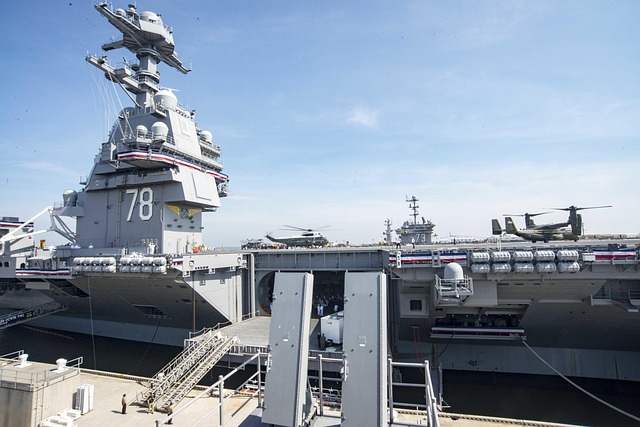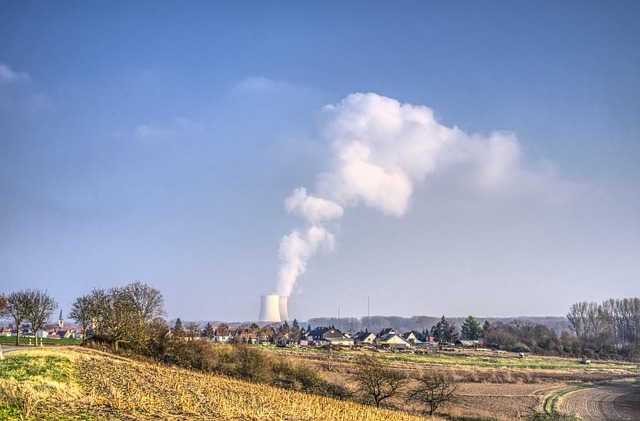
Tsunami Risks in Tokyo
Tsunamis are natural disasters that can have devastating effects on coastal regions. Japan, particularly Tokyo, is situated in a seismically active zone, making it susceptible to earthquakes and the subsequent risk of tsunamis. This article aims to provide an overview of recent tsunami advisories in Japan, the historical context of tsunamis in the region, and safety measures residents and visitors should consider.
Recent Tsunami Advisories
Recently, Japan experienced a significant earthquake with a magnitude of 8.8 near Russia's Kamchatka Peninsula. In response, the Japan Meteorological Agency (JMA) issued tsunami warnings for various regions, including Tokyo. However, as of Wednesday evening, these warnings were downgraded to lower-level advisories. Despite this change, authorities continue to urge caution among residents and visitors, as the risk of elevated tsunami conditions remains.
Historical Context
Japan has a long history of powerful earthquakes and tsunamis. One of the most notable events occurred in November 1952, when an earthquake with an estimated magnitude of 9.0 triggered a tsunami that resulted in waves exceeding 10 meters. This historical context underscores the importance of preparedness and awareness regarding tsunami risks.
Understanding Tsunami Formation
When an earthquake occurs under the ocean, it can displace a large volume of water, leading to the formation of a tsunami. The characteristics of the tsunami, including its height and speed, depend on various factors, including the earthquake's magnitude and depth. Tsunamis can travel across entire ocean basins, making early warning systems crucial for minimizing impact.
Safety Measures and Preparedness
In light of the ongoing tsunami advisories, it is essential for residents and visitors in Tokyo to be aware of safety measures:
- Stay Informed: Regularly check updates from the Japan Meteorological Agency and local news outlets for the latest information on tsunami advisories.
- Know Evacuation Routes: Familiarize yourself with evacuation routes and safe zones in your area. Local authorities often provide maps and resources for residents.
- Emergency Kits: Prepare an emergency kit that includes essential supplies such as water, food, medications, and important documents.
- Community Drills: Participate in community drills and educational programs focused on tsunami preparedness.
Conclusion
While recent advisories have been downgraded, the potential for tsunamis in Tokyo remains a serious concern. Understanding the risks and being prepared can significantly reduce the impact of such natural disasters. Residents and visitors are encouraged to stay vigilant and informed to ensure their safety in the event of a tsunami.

















 Host Interaction
Host Interaction 
 Health
Health  Fitness
Fitness  Lifestyle
Lifestyle  Tech
Tech  Travel
Travel  Food
Food  Education
Education  Parenting
Parenting  Career & Work
Career & Work  Hobbies
Hobbies  Wellness
Wellness  Beauty
Beauty  Cars
Cars  Art
Art  Science
Science  Culture
Culture  Books
Books  Music
Music  Movies
Movies  Gaming
Gaming  Sports
Sports  Nature
Nature  Home & Garden
Home & Garden  Business & Finance
Business & Finance  Relationships
Relationships  Pets
Pets  Shopping
Shopping  Mindset & Inspiration
Mindset & Inspiration  Environment
Environment  Gadgets
Gadgets  Politics
Politics 